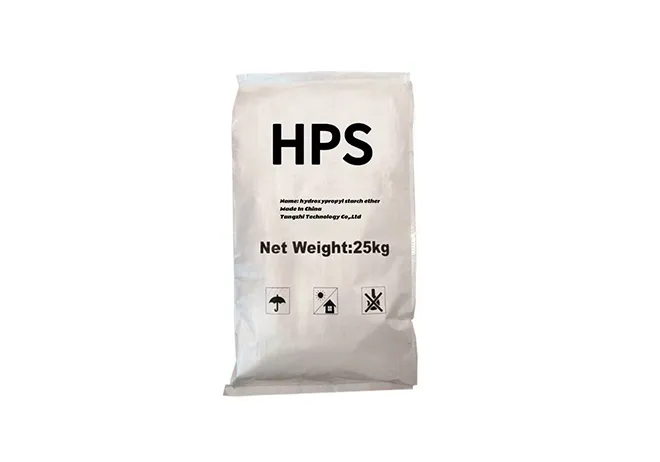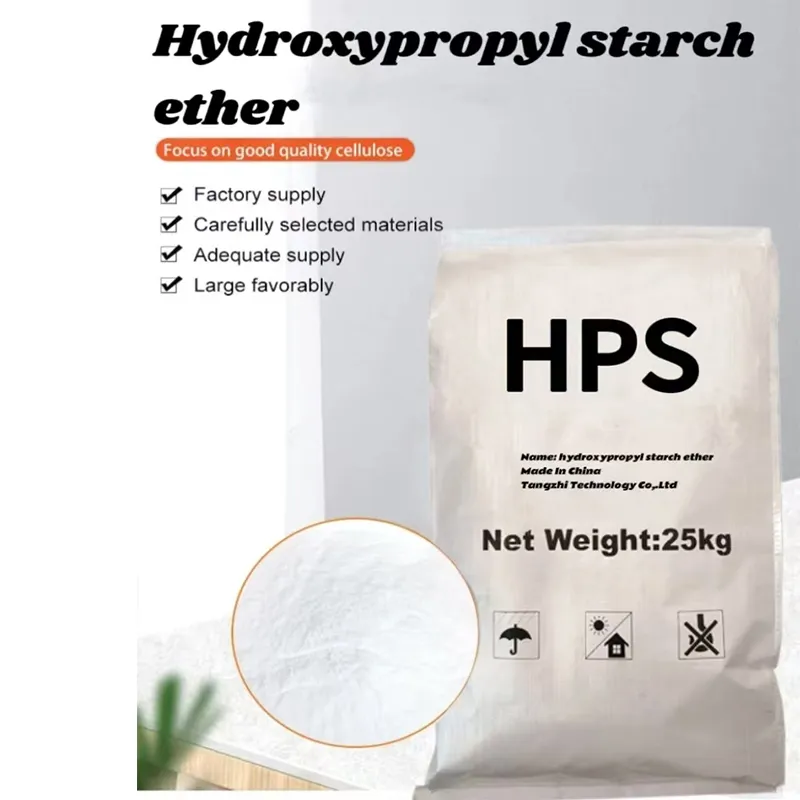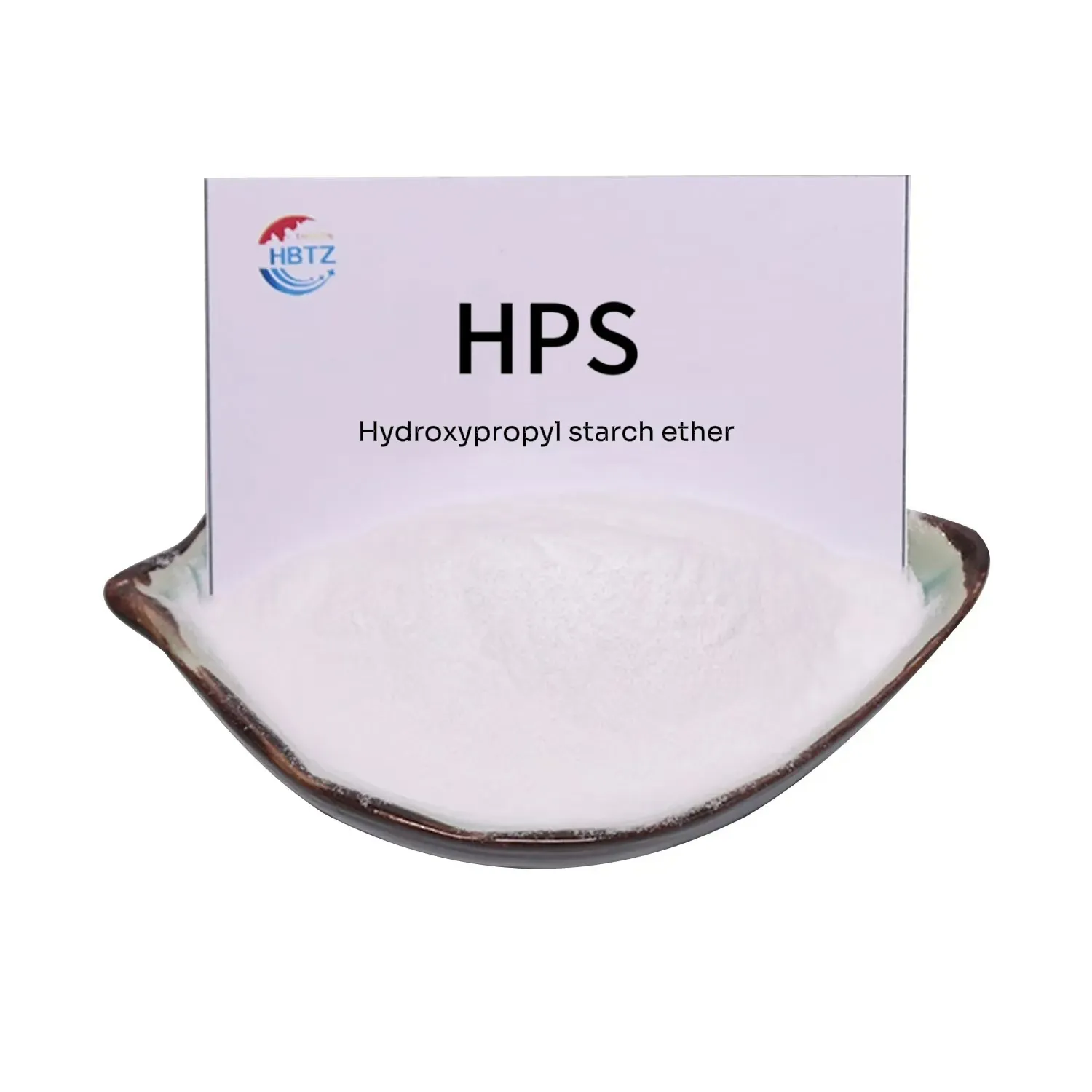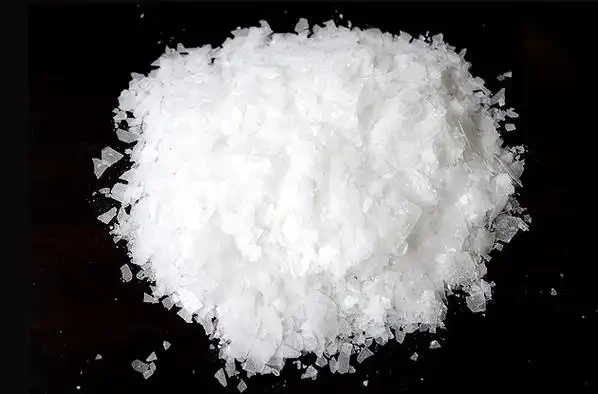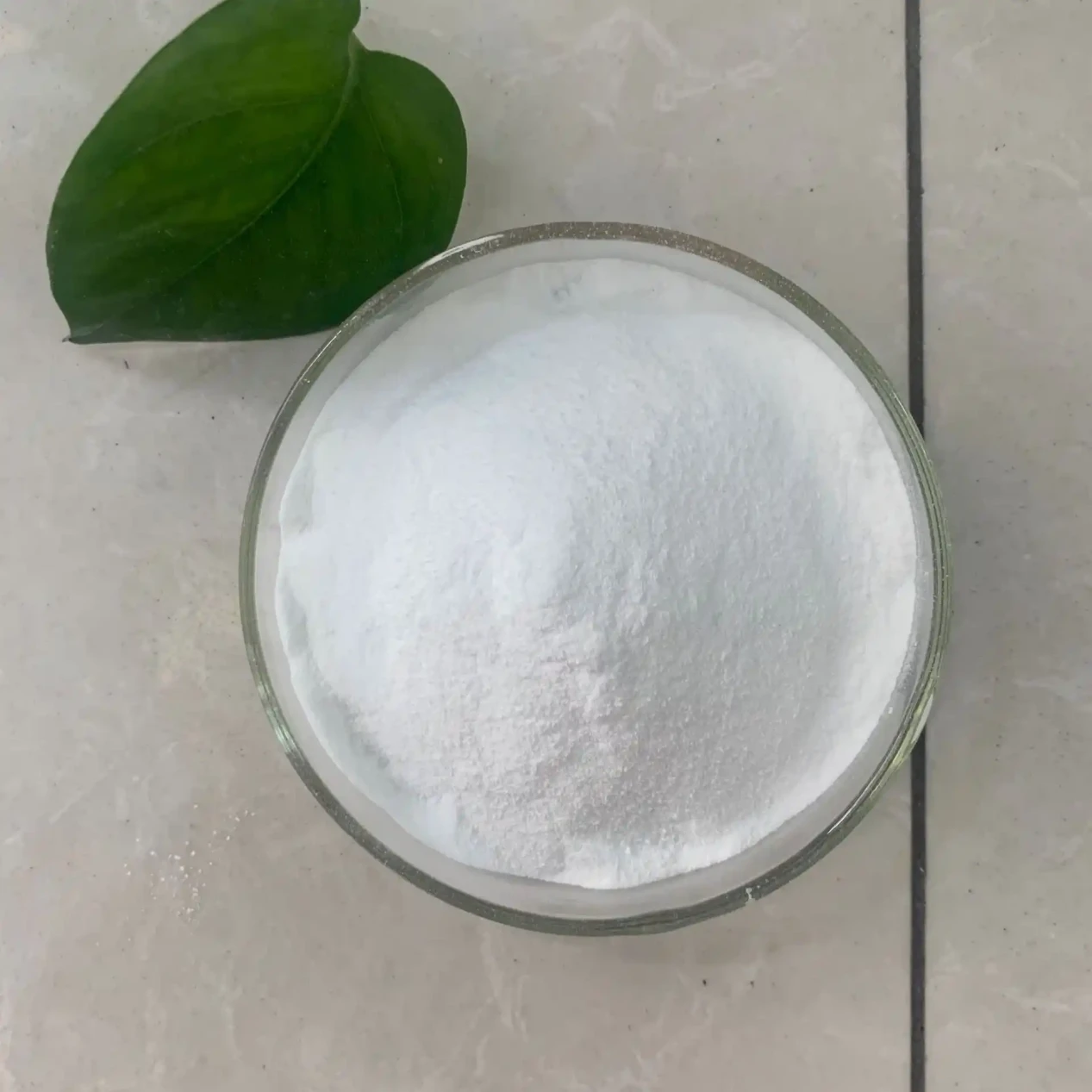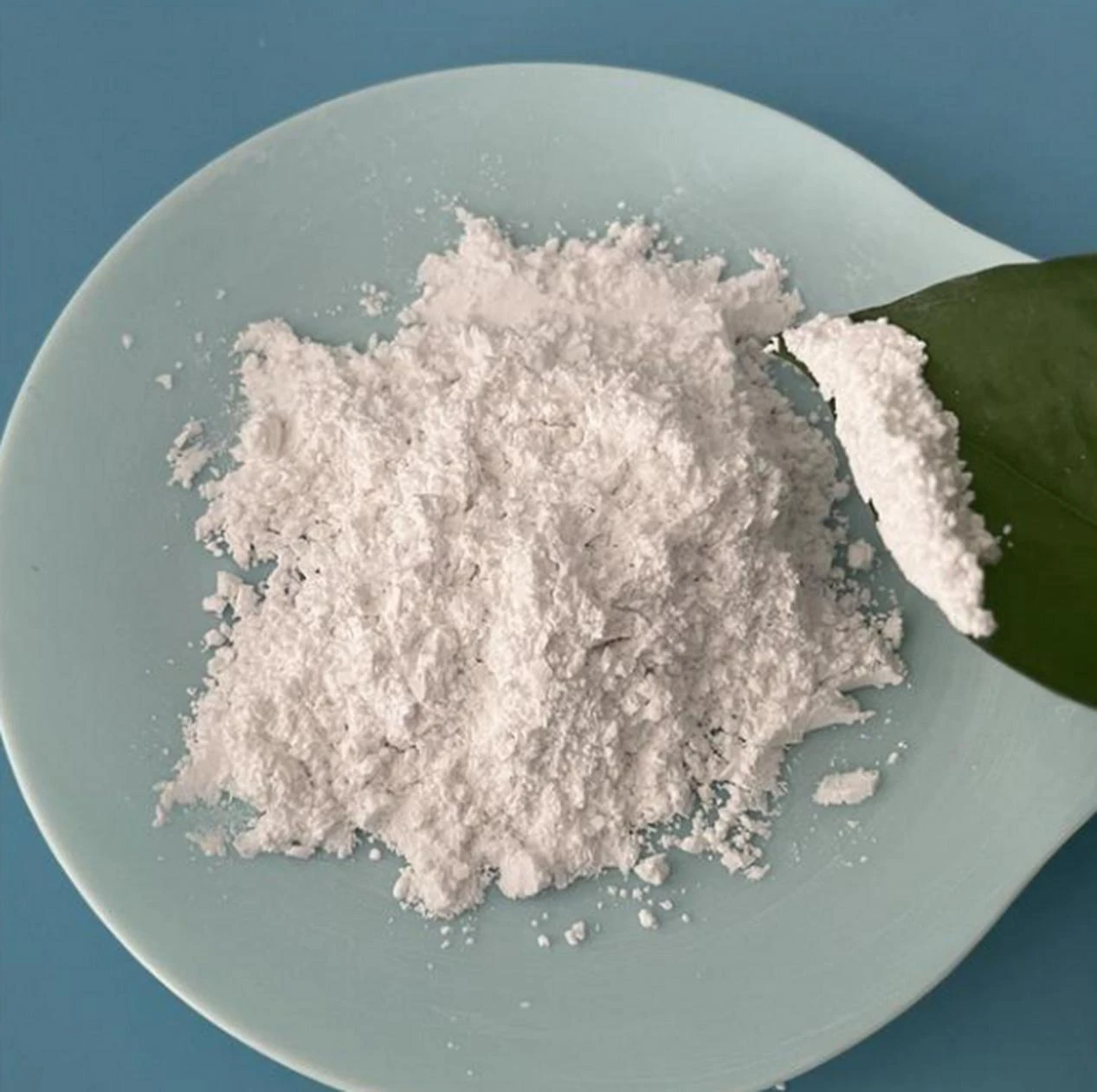Hydroxypropyl Starch ether(HPS)
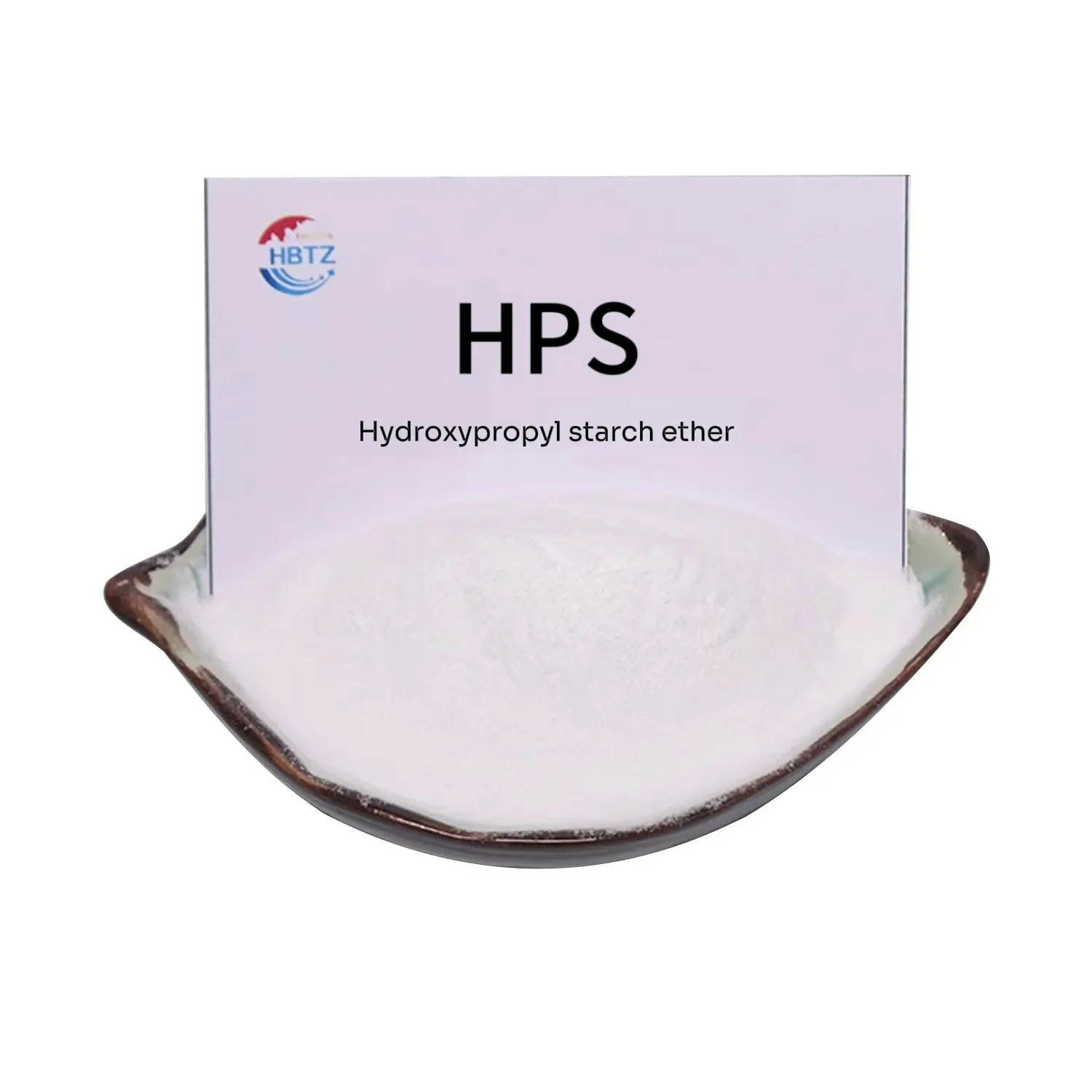
White (colorless) powder, good fluidity, good water solubility, its aqueous solution is transparent and colorless, and has good stability. It is stable to acid and alkali, its gelling temperature is lower than that of native starch, and its viscosity change in cold and hot conditions is more stable than that of native starch. Mixing with salt, sucrose, etc. has no effect on viscosity.
|
Item |
Range |
|
Appearance |
White powder |
|
Moisture |
≦10.0% |
|
pH Value (pH) |
9.0-11.0 |
|
ParticleSize(Through80mesh) |
≧95% |
|
Wet sample viscosity |
400-5000mPa·s |
|
Hydroxypropyl content |
13.0%-19.0% |
|
Ash content |
≦10.0% |
1. Physical properties: white (no color) powder, good liquidity, good water solubility, its aqueous solution is completely transparent without color, good stability. It is stable to acid and base, the melting temperature is less than the original starch, and the hot and cold viscosity transition is more stable than the original starch. It has no harm to viscosity when mixed with salt and white sugar. After etherification, the melting reliability and clarity of ice are gradually improved.
2. Chemical properties: The glucose unit that constitutes starch has 3 hydroxypropyl groups that can be replaced, so it can obtain products with different degrees of substitution.
-
 01HPS for the Coatings Industry
01HPS for the Coatings IndustryIt is mainly used in architectural coatings, furniture coatings, automotive coatings and other fields. It can be used as additives such as thickening agent, leveling agent and anti-flow hanging agent to improve the construction performance and mechanical properties of the coating, and improve the adhesion and durability of the coating.
-
 02HPS for Building Materials
02HPS for Building MaterialsIt is also widely used in building materials, such as tile glue, caulk, putty powder and so on. In these materials, hydroxypropyl starch ether can be used as additives such as thickening agent, binder and leveling agent to improve the construction performance and mechanical properties of the material, so that it is more suitable for building requirements.
-
 03HPS for Other Areas
03HPS for Other AreasIt is also widely used in ink, adhesives, sealants and other fields. In these fields, hps can be used as additives such as thickener, stabilizer and leveling agent to improve the construction performance and mechanical properties of products, and improve the quality and stability of products
The production process of hydroxypropyl starch ether mainly includes the following steps:
1.Raw material preparation:
Starch is used as the main raw material, which can be corn starch, potato starch or other types of starch.
2.Etherification reaction:
In the water medium, propylene oxide, complex alcohol and sodium hydroxide are added, and these components are dispersed and etherified under certain conditions.
3.Low temperature reaction:
The reaction system is carried out under low temperature conditions to ensure the smooth progress of the reaction and the quality of the product.
4.High temperature reaction:
Subsequently, the reaction is continued under high temperature conditions to complete the etherification process.
5.Recovery and drying:
After the reaction is completed, the recovery operation is carried out, and then the product is dried to remove excess moisture.
6.Sieving:
Finally, the dried product is sieved to obtain the finished hydroxypropyl starch ether.
This product is packed in multi-layer paper bags lined with polyethylene layer. Net weight 25KG.
Empty bags can be recycled or incinerated. Unopened packaging can be stored for several years. Open packaging can make the moisture content of this product affected by air humidity. Store in a cool, dry place away from sunlight. Avoid storage under pressure.
For information on product handling, shipping, and storage, see MSDS.
